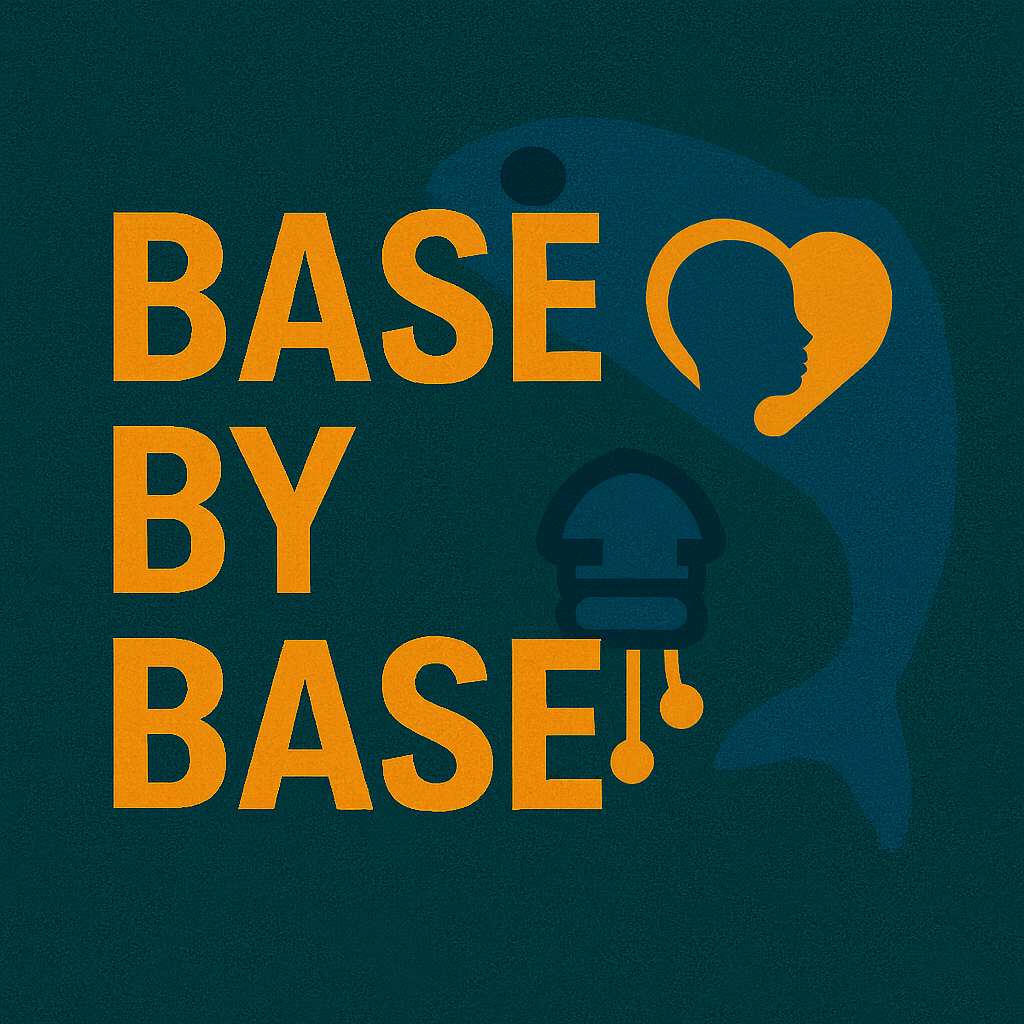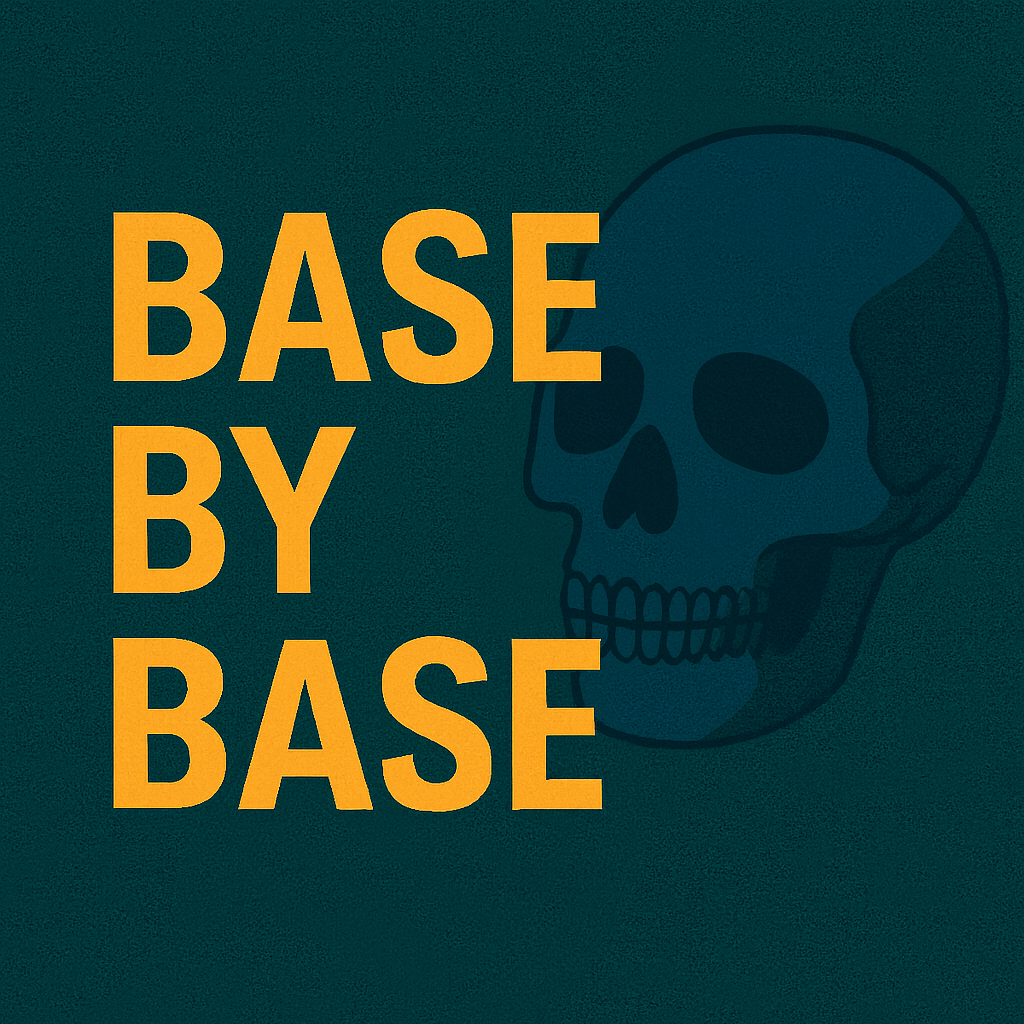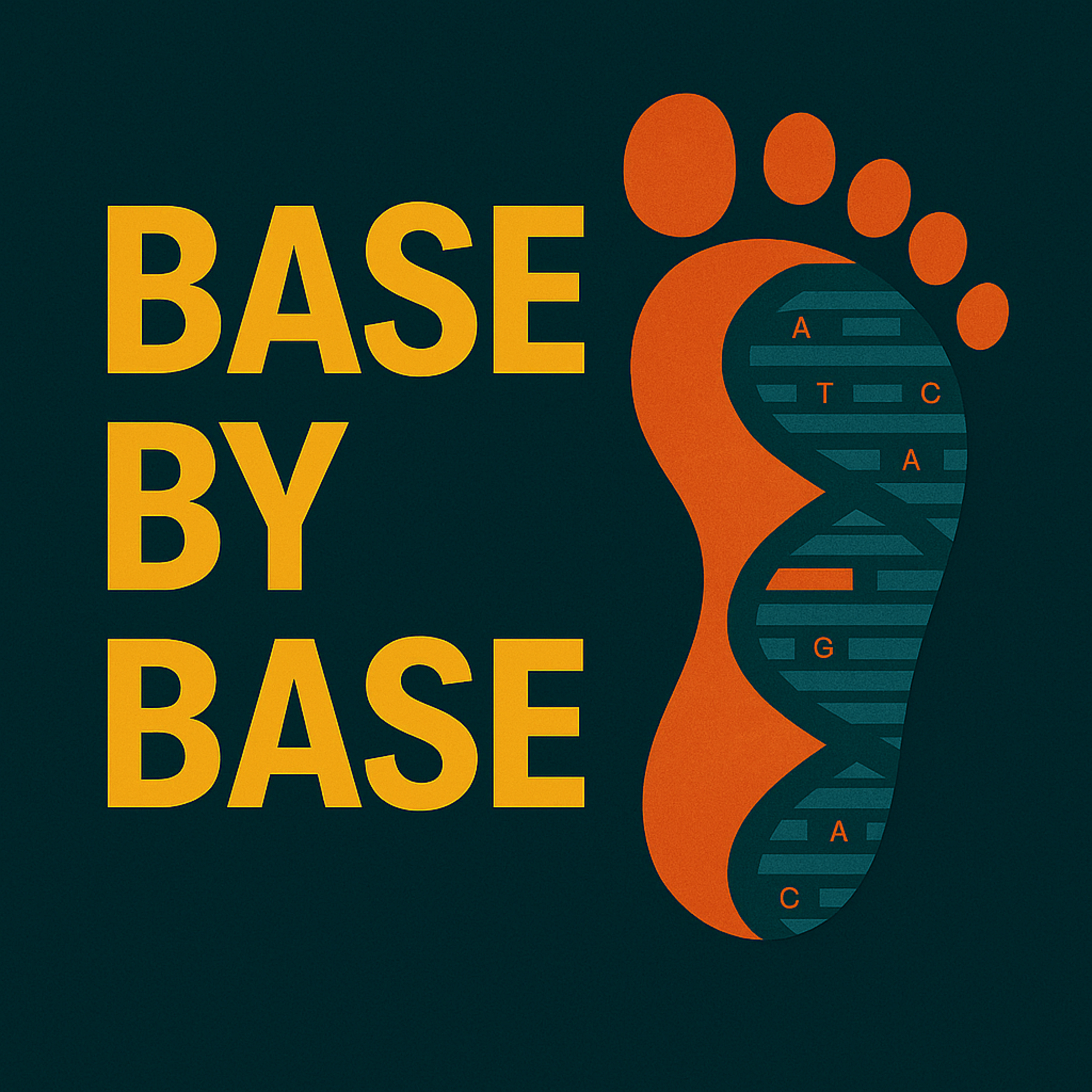Show Notes
️ Episode 155: EIF3A/EIF3B Loss-of-Function: A Cardiocraniofacial Neurodevelopmental Syndrome
In this episode of PaperCast Base by Base, we explore how loss-of-function variants in EIF3A and EIF3B—core components of the eIF3 translation initiation complex—cause a multisystem disorder marked by congenital heart defects, craniofacial differences, and mild neurodevelopmental features. The study brings clinical genetics together with functional zebrafish models to establish gene–disease validity and illuminate developmental mechanisms.
Study Highlights:
An international cohort of eighteen individuals was assembled with de novo or loss-of-function variants in EIF3A (n=4) or EIF3B (n=14), revealing a consistent phenotype spectrum that prominently includes congenital heart defects—most notably tetralogy of Fallot—alongside craniofacial dysmorphisms and variable neurodevelopmental findings. Genomic analyses showed that both genes are highly constrained against loss of function, and a subset of cases involved a 7p22.3 microdeletion implicating EIF3B within the minimal critical region for cardiac anomalies. To test causality, the authors generated CRISPR-Cas9 zebrafish mutants in the orthologs eif3s10 (EIF3A) and eif3ba (EIF3B), which developed thin, poorly looped heart tubes, absent craniofacial cartilage, microphthalmia/coloboma, growth delay, and early lethality. Cardiac videomicroscopy demonstrated bradycardia, arrhythmia, and impaired chamber function, reinforcing a primary developmental defect rather than secondary edema. Integrated human and animal data support an autosomal-dominant eIF3-related syndrome driven largely by haploinsufficiency.
Conclusion:
EIF3A and EIF3B should be considered in genetic testing panels for syndromic congenital heart disease and neurocristopathies, with functional data indicating that dosage-sensitive disruption of the eIF3 complex perturbs early cardiocraniofacial development.
Reference:
Erkut E, Somerville C, Schwartz MLB, McDonald L, Ding Q, Moran OM, Chen X, Manshaei R, Riedijk A-S, Schnürer M-T, Koboldt DC, Antonarakis SE, Bedoukian EC, Blanc X, Conlin LK, Cox H, Diderich KEM, Dingmann B, Dubourg C, Elmslie F, Escobar LF, Gosselin R, Guillen Sacoto MJ, Haag CD, Herzig L, Jeeneea R, Kenia P, Kolokotronis K, Kopps AM, Kupper C, Lees H, Leonard J, Levy J, Littlejohn R, Mayer D, McLean SD, Pattani N, Perrin L, Pingault V, Quelin C, Ranza E, Rauch A, Reichert SL, Rosmaninho-Salgado J, Skraban C, Sousa S, Stuebben M, Zanoni P, Kim RH, Scott IC, Jobling RK. A cardiovascular, craniofacial, and neurodevelopmental disorder caused by loss-of-function variants in the eIF3 complex component genes EIF3A and EIF3B. The American Journal of Human Genetics. 2025;112:1–18. https://doi.org/10.1016/j.ajhg.2025.09.008
License:
This episode is based on an open-access article published under the Creative Commons Attribution 4.0 International License (CC BY 4.0) – https://creativecommons.org/licenses/by/4.0/
Support:
If you'd like to support Base by Base, you can make a one-time or monthly donation here: https://basebybase.castos.com/




